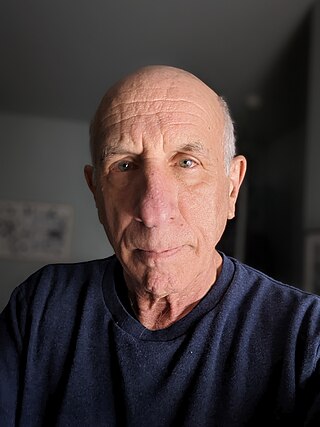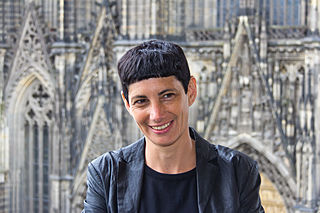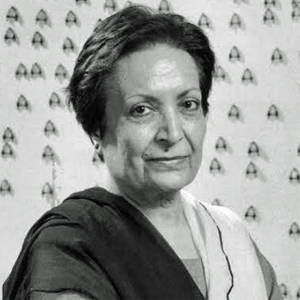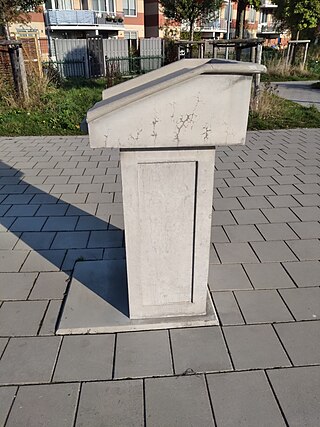Select works and exhibitions
You Can Call Me F at The Kitchen
In her 2015 show at The Kitchen in New York City, You Can Call Me F, Yi took swabs from 100 women and with the help of MIT synthetic biologist Tal Danino cultivated the bacteria in an agar billboard that “assaults visitors” to help answer the question “What does feminism smell like?" [5] Each woman was given the choice to where she would take a swab from her body, which ranged from the mouth to the vagina. [6] She and Danino developed this work through "The Art and Science of Bacteria" a workshop they led during her residency at MIT. [7] She explained that she wanted this work to explore the "patriarchal fear" surrounding hygiene and the female body. [8] In the exhibition, Yi aimed to represent women's bodies in the form of smells rather than sights, denouncing what New Yorker writer Andrea K. Scott writes as "salacious male expectations". [6]
"Life is Cheap" at the Guggenheim Museum
Yi was the winner of the biannual 2016 Hugo Boss Prize presented by the Guggenheim. [9] In 2017, Yi debuted at the Guggenheim with the exhibition Life Is Cheap, which explores her "sociopolitical interest in the olfactive." [10]
In the entrance of this exhibit, visitors encountered an aroma designed by the artist to be a hybrid scent of ants and Asian American women and named Immigrant Caucus. [11] The central gallery space had two works facing each other with distinct, contained biospheres. One work, enclosed in a temperature-regulated space, Force Majeure features plexiglass tiles covered in agar on which bacteria, sourced from Chinatown and Koreatown in Manhattan, grow. The other work, Lifestyle Wars contains a colony of ants on a structure that resembles a circuit board, referencing the organization of society and the relationship of technology to this ordering. [12]

In a video produced by the Guggenheim, Yi explains that "You're dealing with a society that is overly obsessed with cleanliness. And that's partially why I do work with bacteria as a material. Especially in the West, we have this morbid fear of pungent aromas, of bacteria. I'm giving a kind of visualization to people's anxieties about all the germs and bacteria that are proliferating all around us." [13]
The Flavor Genome (2016) at the Whitney Biennial
The 2017 Whitney Biennial included Yi's 22-minute 3D video entitled The Flavor Genome, which follows a chemist searching through the Brazilian Amazon for a special plant. [11] In the story, this plant is thought to have medicinal properties, so it is appealing to the pharmaceutical industry. [14] The film considers themes ranging from bioengineering to imperialism.
58th Venice Biennale (2019)
Yi's contribution to the group exhibition "May You Live in Interesting Times" at the 2019 Venice Biennale consisted of two sculptural installations. Biologizing the Machine (tentacular trouble) featured a grouping of illuminated cocoon-like pods made from stretched strips of dried kelp, which contained animatronic moths, whose shadows cast on the walls of the pods signify their fluttering presence. [15] Beneath the pods, a curvaceous concrete base was marked by burbling ponds of water, housed in craters that sit at the foot of each pendant sculpture. The surface recalls the lunar landscape or, perhaps, that of another celestial body, gesturing towards the evolution of life, despite all, in inhospitable locales—what biologists call extremophiles.
The other component of Yi's Biennale entry was titled Biologizing the Machine (terra incognita), and used mud from the area around Venice, Italy, in order to create what the artist calls Winogradsky panels. These acrylic frames house the soil mixed with calcium carbonate, calcium sulfate, egg yolks, and cellulose in order to create a Winogradsky column, wherein bacteria within the soil sample separate into colorful gradients of aerobic and anaerobic strata. The results resemble abstract paintings that are created with the aid of one of humanities many helper species, which themselves figure largely in Yi's work.
In Love With The World, Hyundai Commission, Turbine Hall, Tate Modern
During the COVID-19 pandemic, Yi's studio, in collaboration with numerous technical specialists, mounted an ambitious project to fill the massive space of the Tate Modern's Turbine Hall with "aerobes": drone-like dirigibles whose movements were guided by artificial intelligence. Yi conceived of the hall's cavernous expanse as a kind of aquarium and she created two different types of mechanical organisms to inhabit it: xenojellies, which are tentacular, as well as more buoyant and mobile, exhibiting curiosity in foreign bodies. The other form of organism is a planulae, which is similar to an amoeba or protist, and its movements are restricted to hovering about near the bottom of the imagined aqueous environment. These forms are coated in tiny hairlike protrusions, meant to evoke cilia. Within a set of predetermined parameters, the aerobes moved about the hall according to movements of their own design, occasionally nesting in a maintenance area to have their batteries recharged, before rejoining the biosphere the artist devised as their environment. [16]










